- The eyes of a mole
- Mole
Since childhood, every student was told that moles Are blind underground animals. No one tried to dispute this opinion, guided by the fact that under the ground eyes are not needed. But it became interesting to some scientists and naturalists to check whether the mole has eyes and how well he sees them. At first glance at it unusual animal it is impossible to notice the eyes and ears. The head has a streamlined shape with an elongated nose and a small mouth. But in addition to this, the animal has excellent hearing and low vision. But his underground lifestyle determined the presence of an unusual structure of the senses.
Appearance
Moles lead a life hidden from prying eyes, spending all their time in their underpasses and burrows looking for food. They rarely get to the surface of the earth, therefore there is no way to see them more carefully. But if you carefully approach the animal, it can allow you to consider yourself. It is impossible to say for sure whether moles see the surroundings or rely only on their instincts.
Most often in central Russia you can find common mole. If you look closely at the place on his head where the organs of vision should be located, small round eyes are noticeable. They are almost hidden by hair. In some species, the eyes of a mole are hidden under a fold of skin, which can grow together and completely hide the visual organ. Ears have an internal structure and are also covered with thick hair.
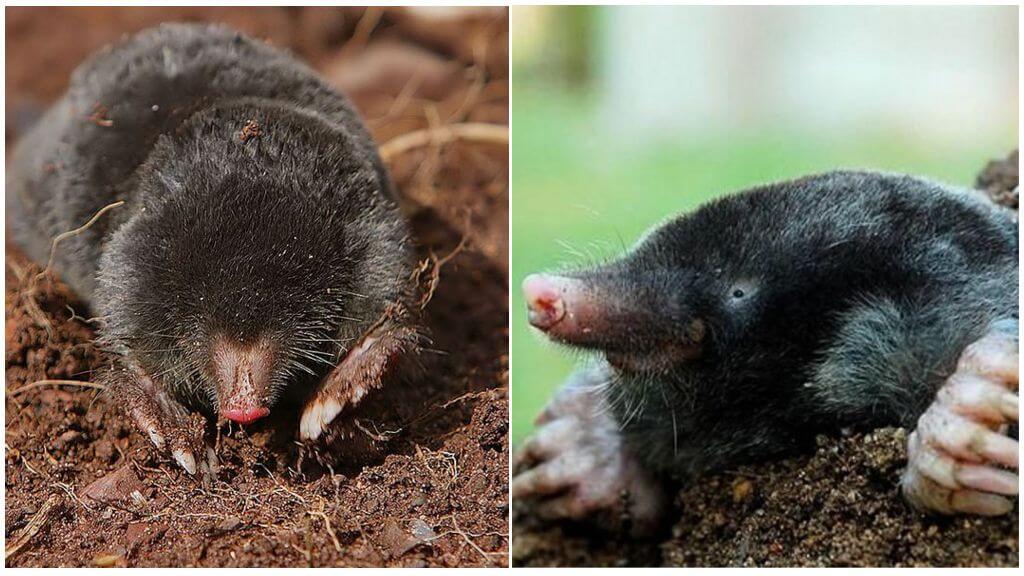
Why do you need eyes
Asking the question: moles are blind or not, another mystery arises - is there a need for vision for these secretive inhabitants of holes. Making his way through the underground passages in complete darkness, the animal completely relies on hearing and smell. This is enough to detect favorite mole treat in the form of an insect.
There are several reasons why the mole's eyes are needed:
- low vision helps to navigate in space, getting to the surface of the earth;
- sometimes the animal can see a predator in its path, which contributes to its flight from danger;
- falling into the snowdrifts, the digger relies on his vision to lay his moves through the snow;
- some species of animals overcome water barriers, guided by the visual organs.
Interesting!
If vision is of great importance in the life of an underground resident, then why are his eyes so small. This is explained quite easily: in a constant movement underground and paving the way through the soil, his eyes are constantly exposed to pollution. If they were not protected by thick hair or skin folds, the mucous membrane of the eyeball could be vulnerable to inflammation.
Not all moles can see
Among the numerous species of these animals, there are representatives with fairly good eyesight. These include long-tailed moles. The structure of their eyes is very similar to shrews, which are able to distinguish all objects and quickly respond to danger.
The small mole, which lives in the southern countries of Europe, has a fold above its already small eyes. For this symptom he is called blind. But he can distinguish light through a crease. The Caucasian species of the animal has the same fold above its eyes.
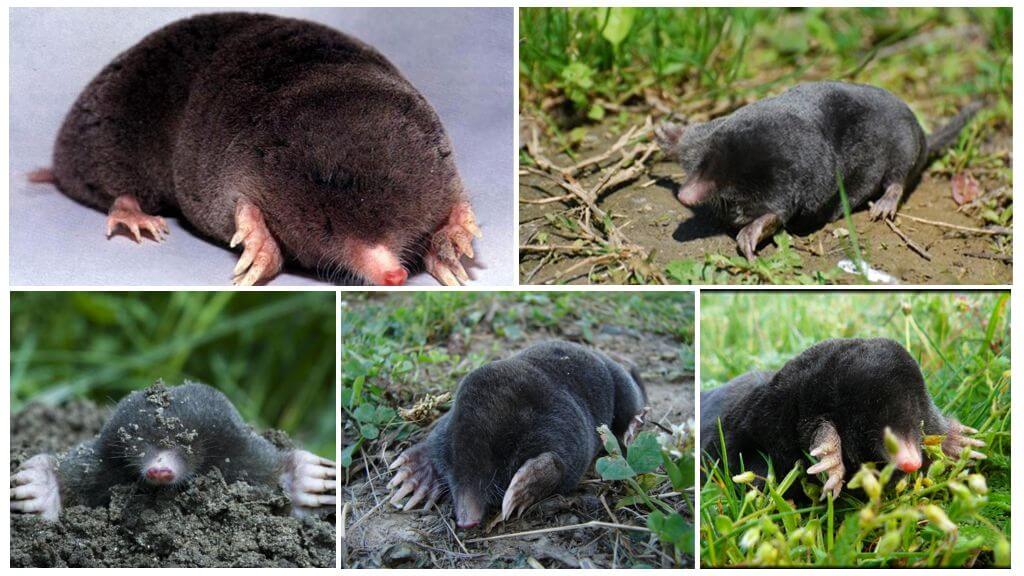
On a note!
The presence of eyes in some shrew species is often associated with their need to get to the surface of the earth.Animals that are almost always in deep burrows do not have an optic nerve.
There are absolutely blind animals. These are marsupial moles. They have no optic nerve, and pigment spots are located in place of the eyes. Goldilocks also do not see anything. Their eyes are at a depth of 4-5 mm under the skin. Even light flashes for these types of diggers will not be distinguishable.
The absence of the optic nerve is compensated by other more acute senses. The nose of an underground resident has a tactile function. Touching it to the worm, the animal recognizes the body temperature of the worm, its size, species. The developed sense of smell of the animal allows you to smell the enemy at a distance or find a sexual partner.
The reason for the difference in the organs of vision
Many shrew representatives, for example, moles and shrews are very different in appearancesize, lifestyle, habitat. This could not but affect the development or reduction of their vision. Those species that live in the upper layers of the soil often go outside or swim across water bodies and definitely need a visual organ.
Representatives of the underground inhabitants have no eyes, because in deep holes there is no need for this rudiment. This explains why moles are blind. Such metamorphoses prove that evolution does not stand still, and many animal species change their structure over time under the influence of external factors.


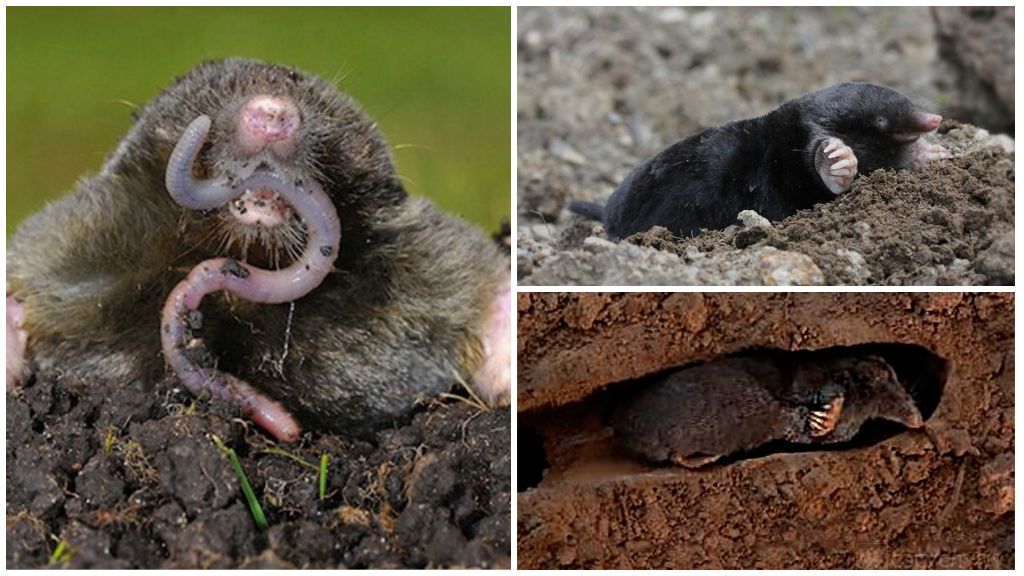
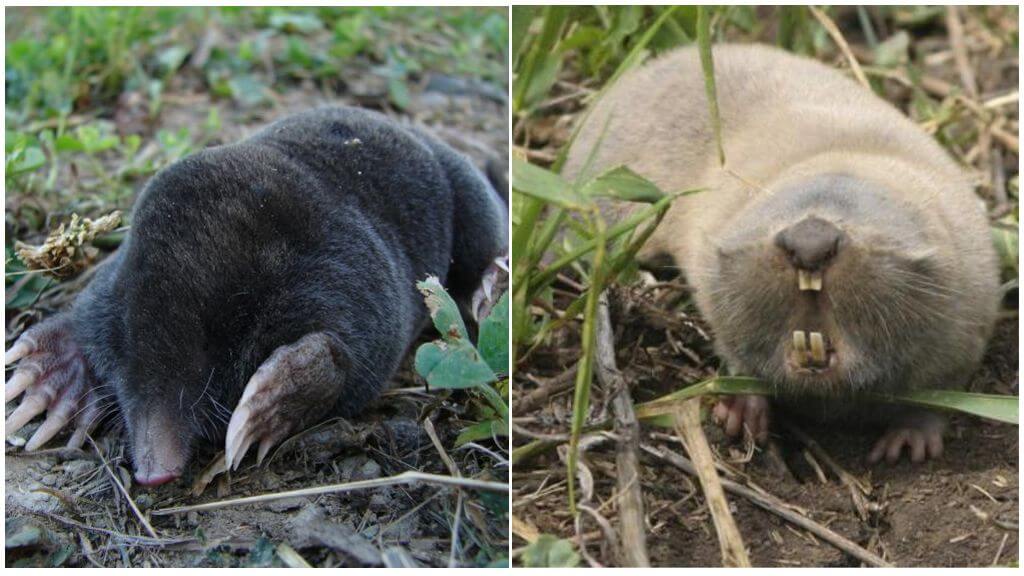
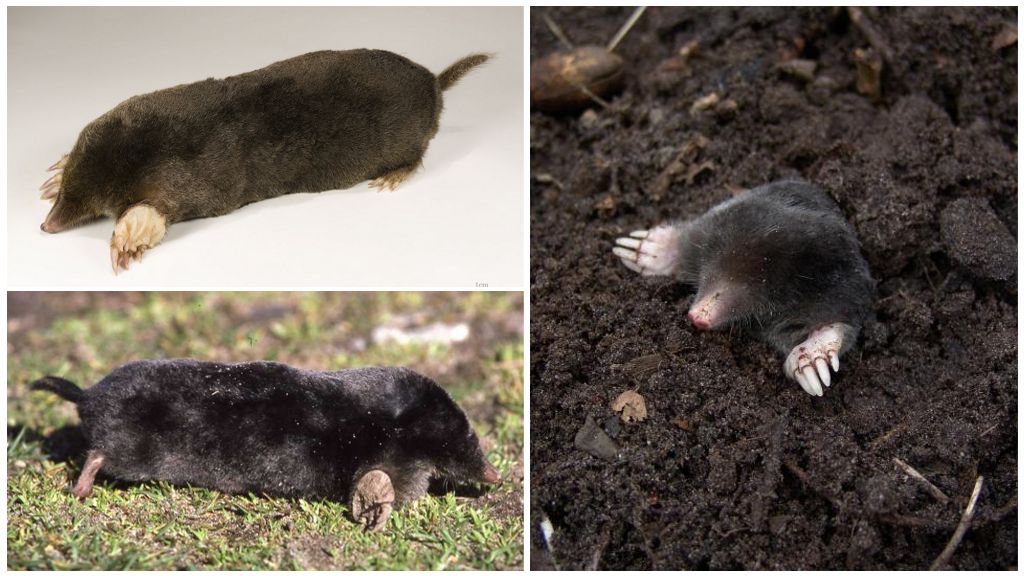
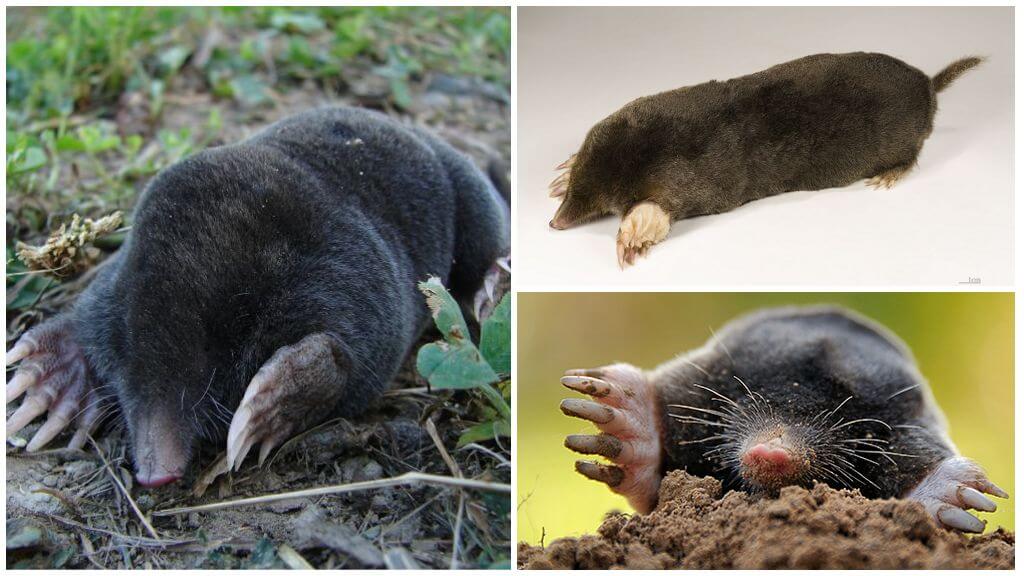
Good article